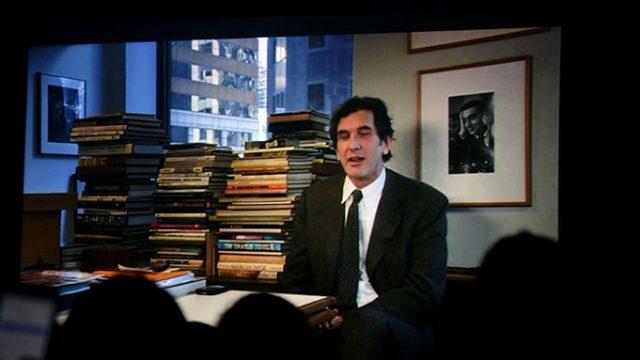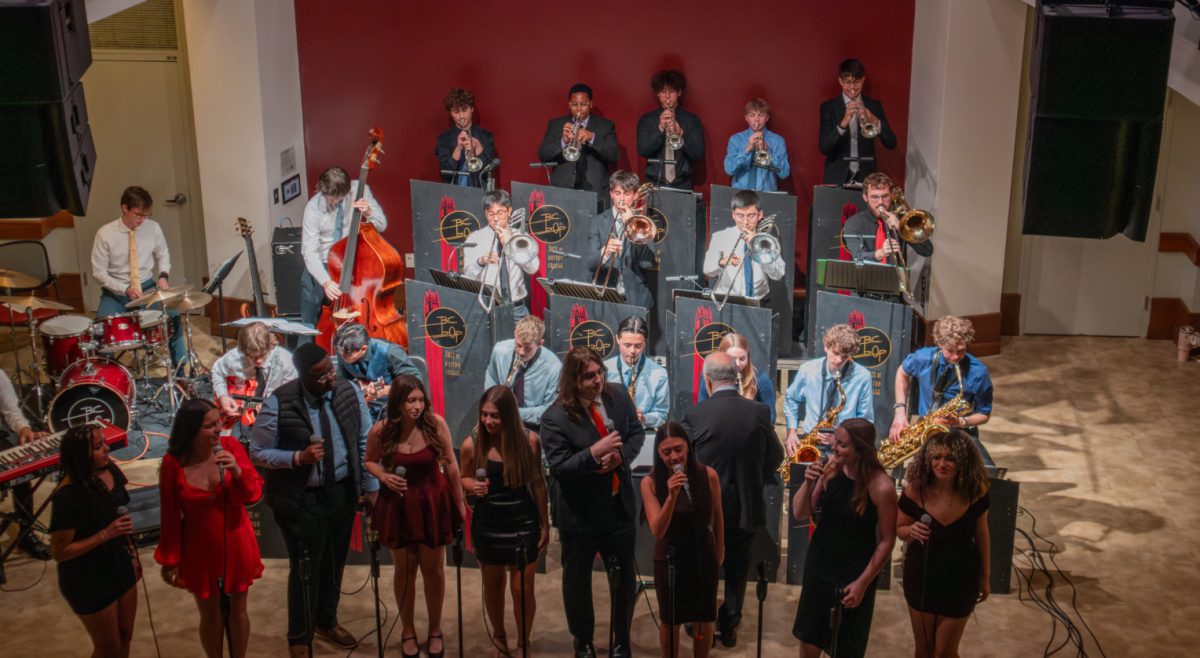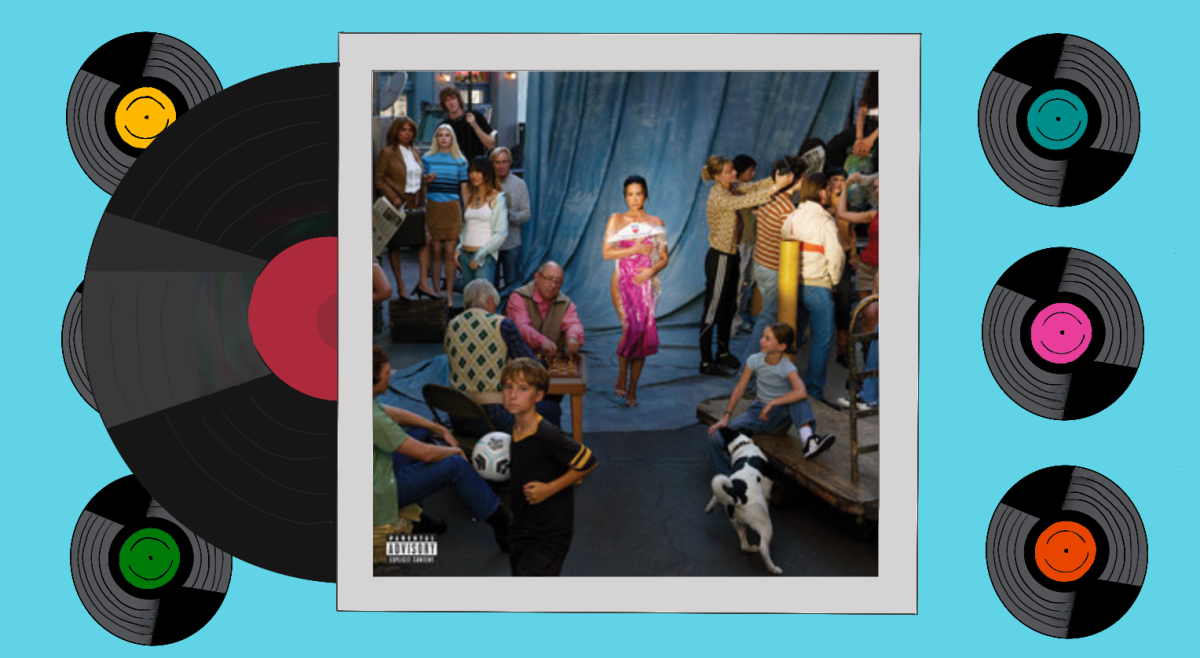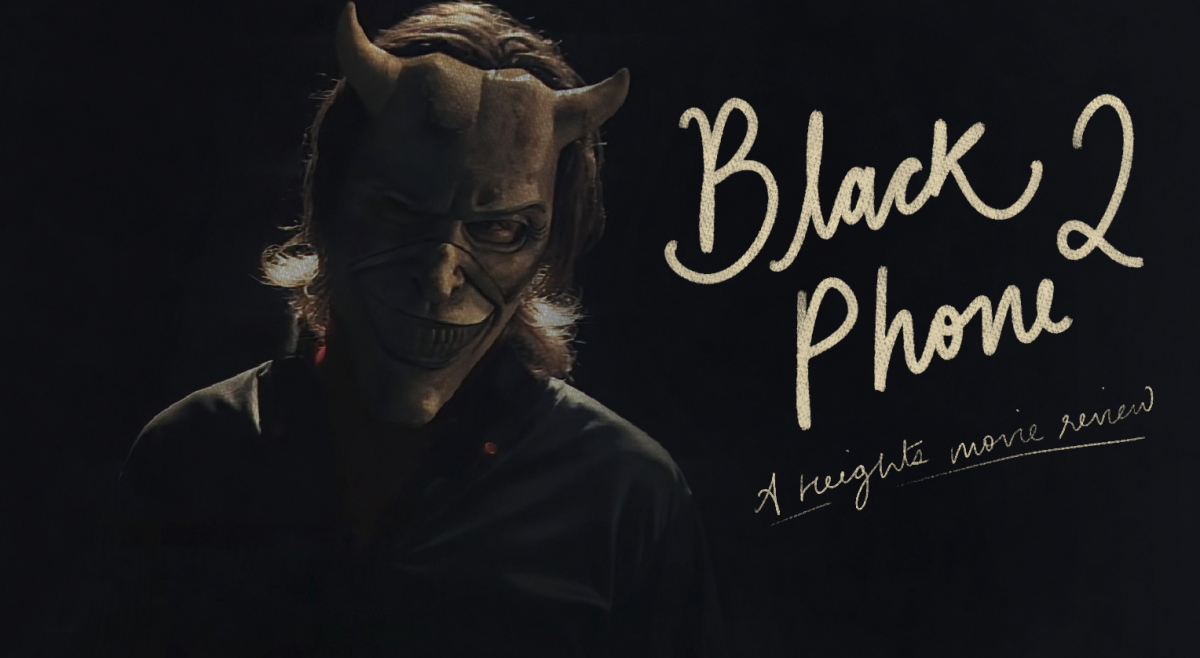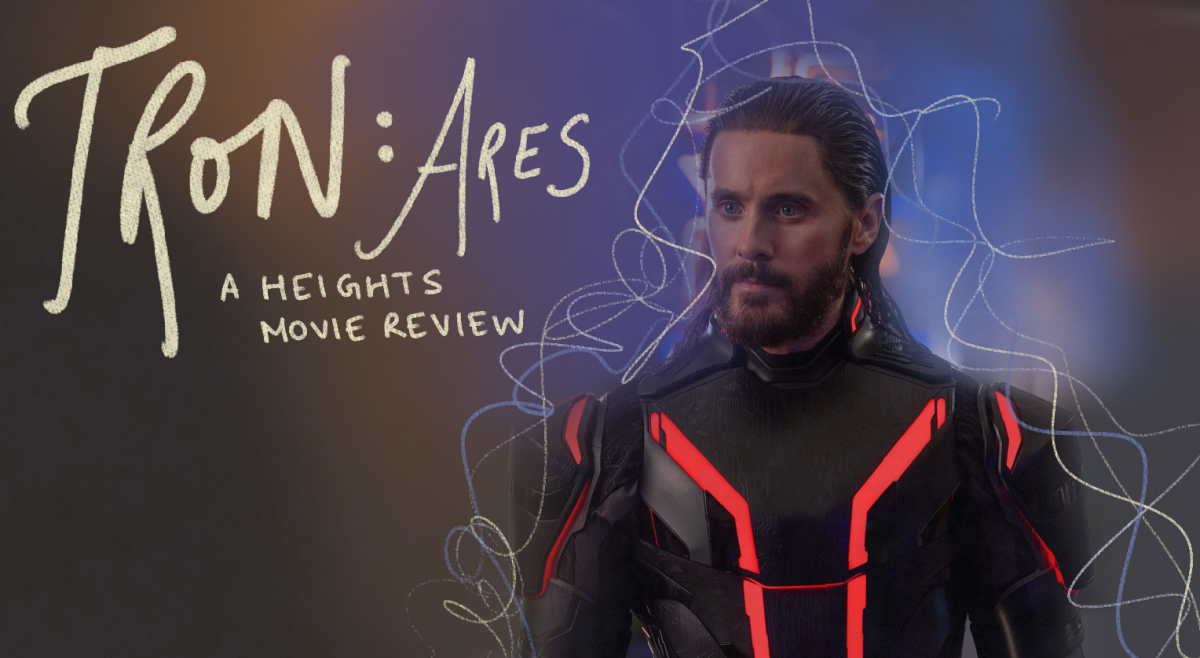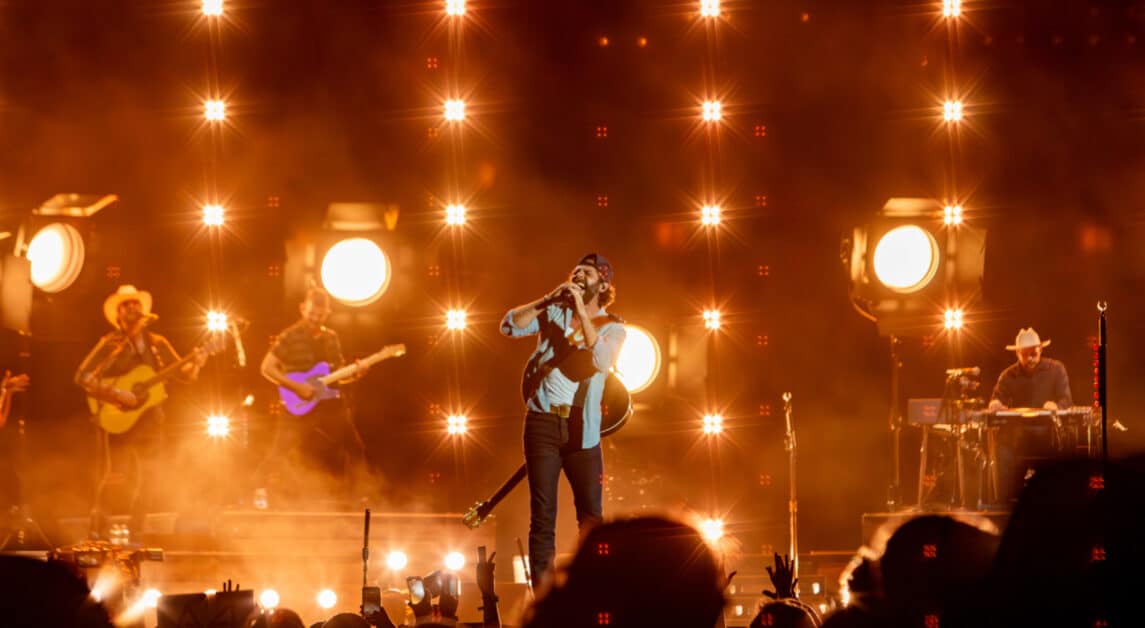The notion that history resides in the collective consciousness of society is a powerful one, and one that director Trisha Ziff explores in her documentary film, The Mexican Suitcase (2011). Presented by Wan Sonya Tang, an assistant professor of Hispanic studies, and sponsored by the Department of Romance Languages and Literatures, the film was screened on campus and shared the inspiring and heartbreaking stories of the war photographers and refugees of the Spanish Civil War. Drawing attention to a painful stretch of Spanish history that shaped future generations and shocked the Western world, the film left its mark on the audience through its commentary on the impact of war and the power of visual media.
The “mexican suitcase” refers to three boxes of photos filled with 4,500 negatives taken during the Spanish Civil War. The photos were taken by pioneering war photographers Robert Capa, Gerda Taro, and David Seymour, and as Spanish refugees fled to Mexico to escape the perilous situation in their homeland, the photos were lost to time for several decades. Ziff eventually recovered the photos from a closet in Mexico City, where they tragically remained obscured from history as their owner told no one of their location. Unfortunately, Ziff recovered these photos just months after some of the photographers and war survivors passed away, which left numerous questions about the photos and their history unanswered. Nevertheless, the film achieves a stellar presentation of these photos and their stories, and how they symbolize these people.
The notion that a photo is just a snapshot in time was highlighted by the interviews of Spanish people that lived through the war or grew up in its aftermath. One woman described living in a state of constant fear and clinging to her mother’s side amid a war that was waged with little regard to preventing civilian casualties. Indeed, the photos showed graphic images of injured adults and children among the rubble of bomb attacks, as well as images of agitated crowds and children wearing battle helmets. The images had a viscerally upsetting impact on the viewer, and even with all their power, these moments offer haunting and incomplete accounts of the full horror of the situation.
Even so, the atrocities of the war sticks with its survivors and their families to the present day, and demonstrates the role a photo can play in bringing those stories and emotions into the light. A whole generation of Spanish citizens knew little to nothing of the events that shaped their modern society, and The Mexican Suitcase brought closure to these people. The film included footage of families visiting a mass grave in hopes of recovering the remains of their relatives, which was a bittersweet reminder of the healing that these photos were able to bring about in the aftermath of so much pain.
Furthermore, the images tell the story of the photographers that risked their lives to preserve the war in the memory of history. Capa and his team felt the need to document the unfolding of the fight against fascism in Spain, and foster enthusiasm in the general public against the toxic ideology that would become so destructive as World War II started to take shape. The freelance photography team took the photos on the front lines of battle, and demonstrate the photographers’ tendency to get dangerously close to the action to capture the gore-filled images. Taro was even known to run across the battlefield in pursuit of the action, which showed how dedicated she was to the cause. When the film told the story of how Taro became the first female photographer to be killed on the job, the harrowing impact of her photos became more pronounced in the mind of the viewer. Additionally, the documentary brilliantly preserved Taro’s valuable role as a contributor to The Mexican Suitcase, which prevented her work and role in the project from becoming absorbed by Capa as the modern world hears of this project.
The Mexican Suitcase provided a holistic look at the Spanish Civil War and helped bring closure to Spain and the families that live there. The film also gave viewers a living portrayal of these war stories and their impact on society. Though the film is about a period in history, the stories of the destructive and resilient powers of humanity ring true to the present day and live on in the collective consciousness of the world.
Featured Image by Amelie Trieu / Heights Editor

